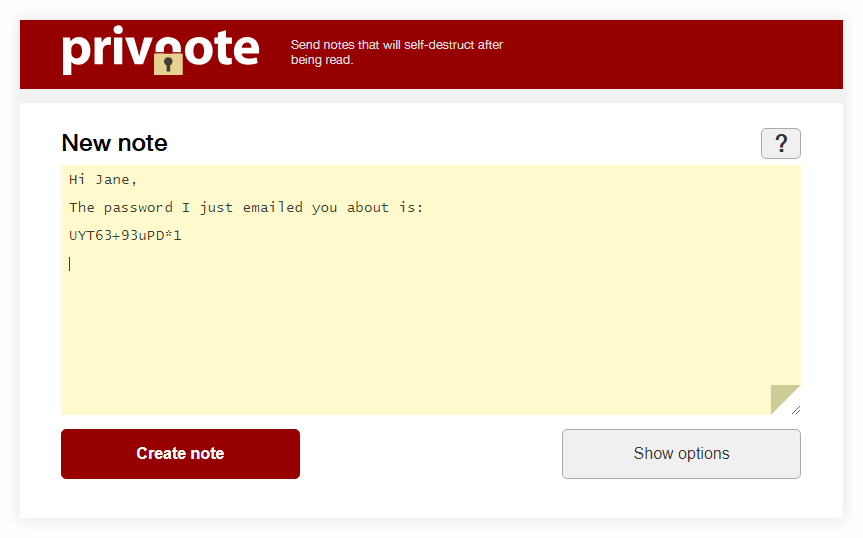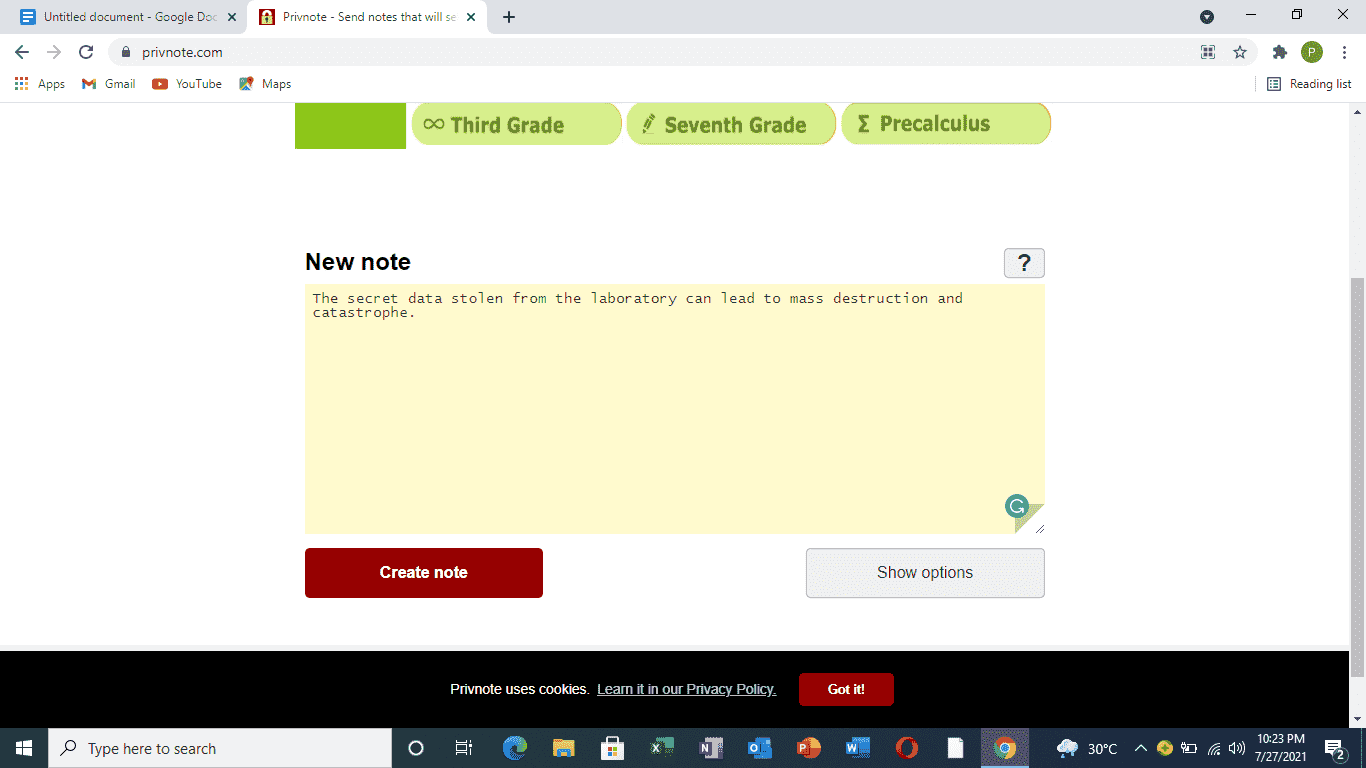How to get the private message options?

The privacy note is a simple and effective tool for keeping your private information private. It can be used by anyone, including children. And what’s more it’s not difficult to create one. The good news is that you don’t have to be an IT expert to set up this important document. In fact, you can use any method of writing that you are comfortable with. You can write a letter or send a text message. The privacy note can also be created on a computer using a word processor like Microsoft Word. Once you’ve written the privacy notice, you need to make sure that you share it with everyone. This is particularly true if you are sharing it with a child. Moreover getting the quality options nd features such as private messages are the best option available. It can help in multiple manners and let the person get the quality option to be safe. These tools are available in multiple online stores and can be installed in seconds without worrying over other things.
In a perfect world, you would simply print out the privacy notice and put it in a prominent place where everyone could see it. But let’s face it – life never quite works out that way. So how do you go about getting people to read the privacy notice? Do you ask them to read it? Or give it to them to read? Either way, the process has the potential to be awkward.
The best way to get someone to read something is to have them sign their name on it. This doesn’t mean that they have to sign the actual document itself. Rather, they should make a mark somewhere on the page so that other people know when it was signed. If you’re giving the privacy notice to a child, you might want to include a signature line at the bottom. For example, you could say “I certify that all the information provided in our privacy policy (or whatever) is accurate.” Then you can just write the child’s name across the line.

If you want to keep your privacy notice short and sweet, you can put it on your fridge. Just make sure that you leave room for a stamp. Also, be aware that some people may feel uncomfortable putting personal information on public display. In such cases, you may want to consider putting it on a bulletin board (and you can add a lock if necessary).
If you’re going to hand-deliver the privacy notice, it’s best to do so early in the morning. That way, people will still be awake and they won’t feel too rushed. Alternatively, you can leave the privacy notice in some obvious location like on the kitchen table. Again, you’ll need to make sure that there is ample space for a signature.
When you deliver the privacy notice to your employees, make sure that you talk to each one individually. There’s no point in having everyone look at the same thing. Also, you may want to take it along to your next meeting. If you’re handing out the privacy notice during a presentation, you can leave it on the projector screen. Be careful though, because if someone else uses the projector while you’re gone, it could appear as if you had left the privacy notice up indefinitely.
You can also mail the privacy notice to everyone who needs to read it. Make sure that you include postage stamps or you can use a self-sticking postcard. You can even use old envelopes to save the postage cost.
Another option is to distribute the privacy notice via email. You can send it to each person via email or you can just email the entire list of recipients. Be sure to check your spam filter before sending the notice. Otherwise, the notice will end up in the junk folder.
Of course, the most popular method of distributing the privacy notice is through social media. People can post it on Facebook, Twitter, Pinterest, Google+, LinkedIn, Tumblr, and Instagram. They can also embed it on blogs and websites. Just make sure that you provide a link back to the original privacy notice.
As mentioned above, the privacy notice can be printed on paper. However, you can also put it on a smart phone. A smartphone app called Privacy Note is available for iOS devices. It lets you quickly type a short privacy notice and attach it to a contact in your address book. Similarly, there’s a privacy note mobile app for Android users.
Once you’ve distributed the privacy notice, it’s time to remind yourself of the policies that apply to it. When you first wrote the privacy notice, you probably didn’t think much about the legal aspects of it. Now that you’ve shared it with others, however, you may want to review it from a legal perspective.

For instance, some states require businesses to notify customers about data collection practices. These notices can either be included in the privacy notice itself or they can be posted separately. If you’re in doubt, you can always consult your state’s attorney general website for guidance.
Also, you should understand the terms of use associated with your online accounts. For example, many websites allow you to delete your account but not necessarily your profile. As long as you have deleted your profile, you should be able to log into another account.
Finally, you should review the privacy notice every few years. This will ensure that you haven’t made any changes since the last time you updated it. It’s also a good idea to reword the privacy notice if necessary. You can do this by adding new sections or deleting outdated ones.
Now that you have a handle on the privacy notice, you’re ready to start protecting your information. Of course, you shouldn’t stop there. You should also think about how you store data on your computers and mobile devices. For example, you should encrypt your files so that only you can access them. On top of that, you should regularly update your passwords.































